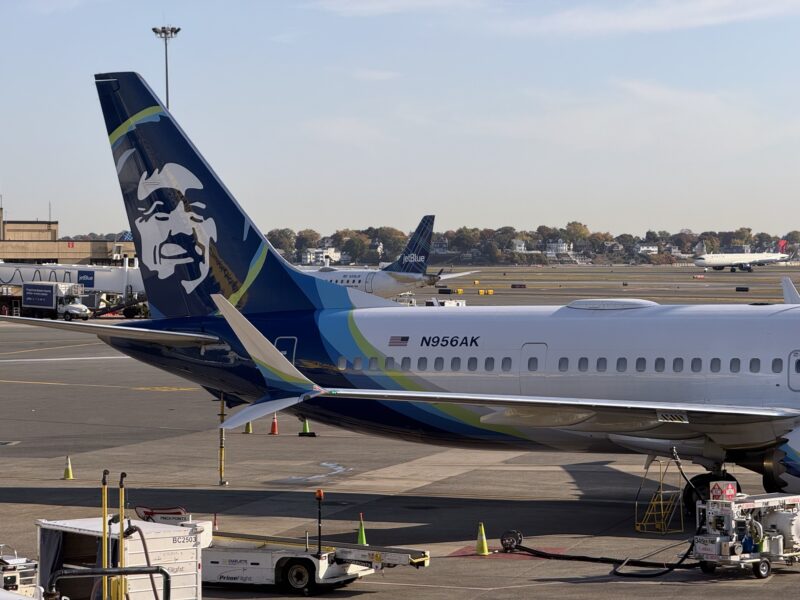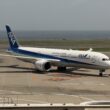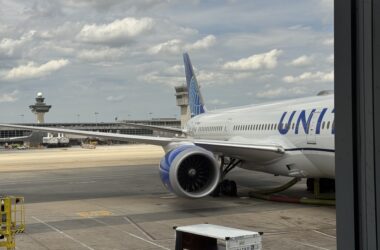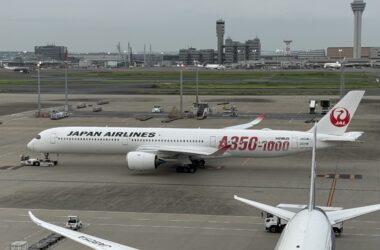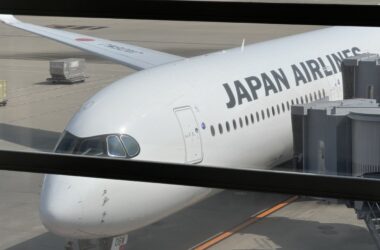Earlier this week, Alaska Airlines announced its switch to free, high-speed Starlink Wi-Fi, beginning in 2026. The airline joins numerous other carriers in offering high-speed Wi-Fi, and joins United, Qatar, and others in the Starlink party.
In partnership with T-Mobile, members of the new Atmos Rewards loyalty program will receive free connectivity on available aircraft. The airline expects the rollout to be complete by 2027.
The Hawaiian aircraft that Alaska acquired during the merger were already equipped with Starlink, which no doubt pushed the airline to expand the system to the rest of its own fleet. Alaska Airlines CEO Ben Minicucci stated that “With Starlink already live on Hawaiian Airlines and installations starting this winter across Alaska’s fleet, we’re proud that we’ll offer the fastest, most reliable inflight internet in the skies – with gate-to-gate connectivity on nearly every aircraft across both airlines.”
Alaska is expected to begin the Starlink rollout on its Boeing 737-700s and Embraer 175s first, as the current Gogo hardware used on the fleet is set to no longer function starting in April 2026. This means that some of these aircraft may see some time without any connectivity, and this could also be the case for the airline’s new Boeing 787 deliveries when they first join the fleet.

I’ve yet to have a chance to try Starlink itself, but I recently got the opportunity to try out Intelsat’s multi-orbit IFC (which ironically is who Alaska dumped in this decision). From my experience, it’s quite difficult to go from an aircraft equipped with high-speed Wi-Fi to one without it. The impressive speeds that allow seamless browsing, YouTube, and other video streaming make me feel like I’m at home, and it makes me excited that more and more airlines are making the move to these new systems.
All photos taken by the author.




